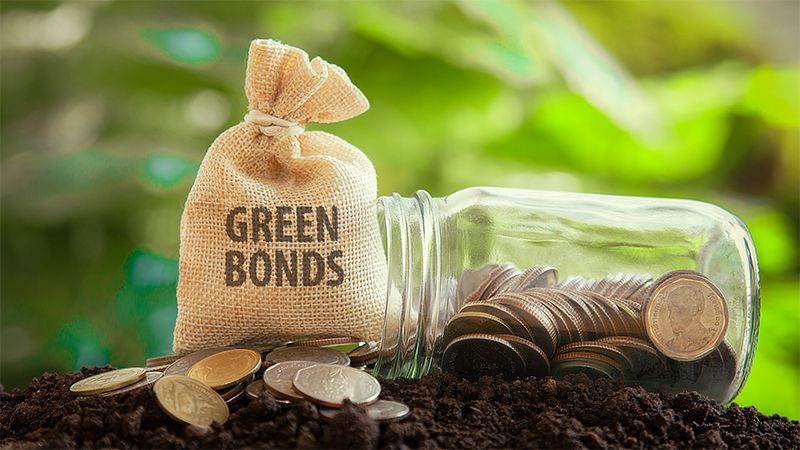Green, social and sustainability (GSS) bond issuance fell 25% year-on-year in the first quarter of 2025 amid a backdrop of geopolitical turbulence and regulatory uncertainty.
According to the Q1 GSS Bonds Market Trends Report by MainStreet Partners, US issuance of GSS bonds fell to its lowest level since 2017.
The report noted the Middle East’s rise as a significant issuer of GSS bonds, with volumes now surpassing $45bn.
Sovereign green bond issuance is growing in the region, particularly in Saudi Arabia and Sharjah (UAE).
The Sharjah government became the first local entity to issue a green bond in the region, while Saudi issuance marks the first EUR-denominated green bond from a Middle Eastern country.
Asian markets have also moved back on an upward trend, with cumulative issuance surpassing $600bn after contracting in 2024 as a result of high interest rates and political uncertainty in the US.
The growth of the Asian GSS bond market has primarily been driven by issuers from China, Korea and Japan.
However, Europe remains the leader in the GSS bond market. European issuers rolled out $109bn in bonds issued in the first quarter of 2025.
While this marks a decrease from the $150bn issued during the same period last year, it maintains its status as the largest issuer of GSS bonds.
The new EU Green Bond Standard (EuGBS) is gaining traction, with four issuers utilising the standard in the first three months of 2025.
PA LIVE: Alternatives as a diversifier
Pietro Sette, research director at MainStreet Partners, said: “Despite a tougher macroeconomic and regulatory backdrop, green bonds remain the most reliable vehicle for sustainable fixed income.
“Our data shows strong alignment with Paris benchmarks, yet a significant portion of the market still fails to meet the bar for stricter labels like GreenFin or EuGBS.
“This gap presents a challenge for Article 9 strategies, which must go beyond marketing and truly look through to impact.”
This article originally appeared in our sister publication, Portfolio Adviser








